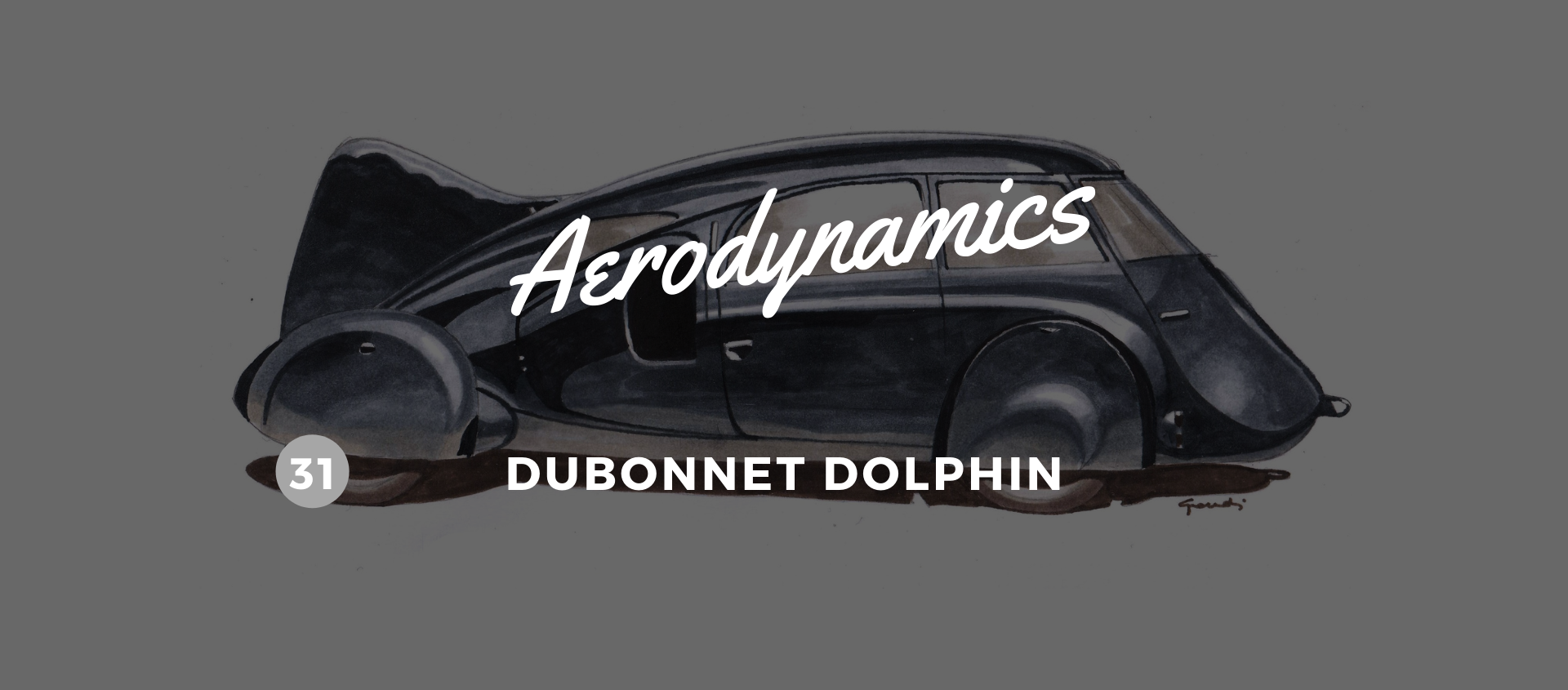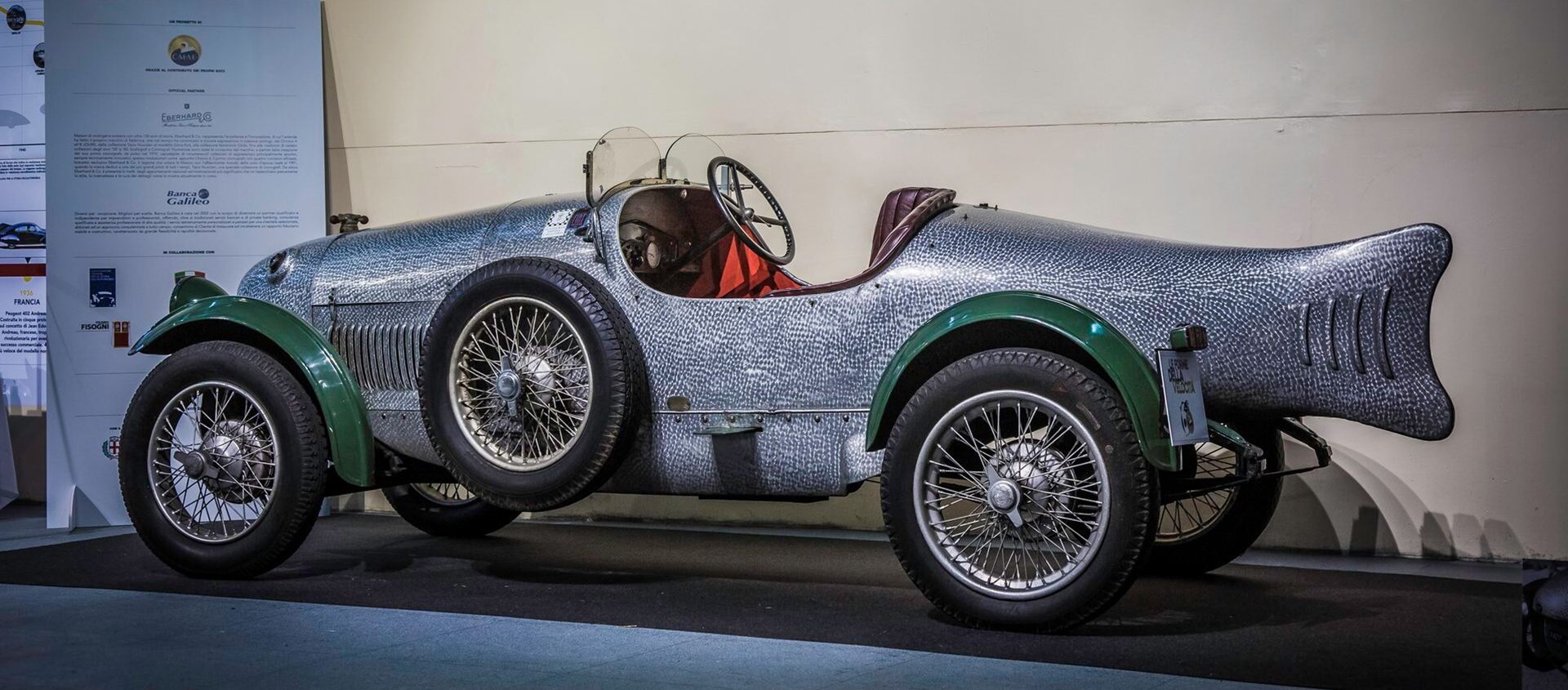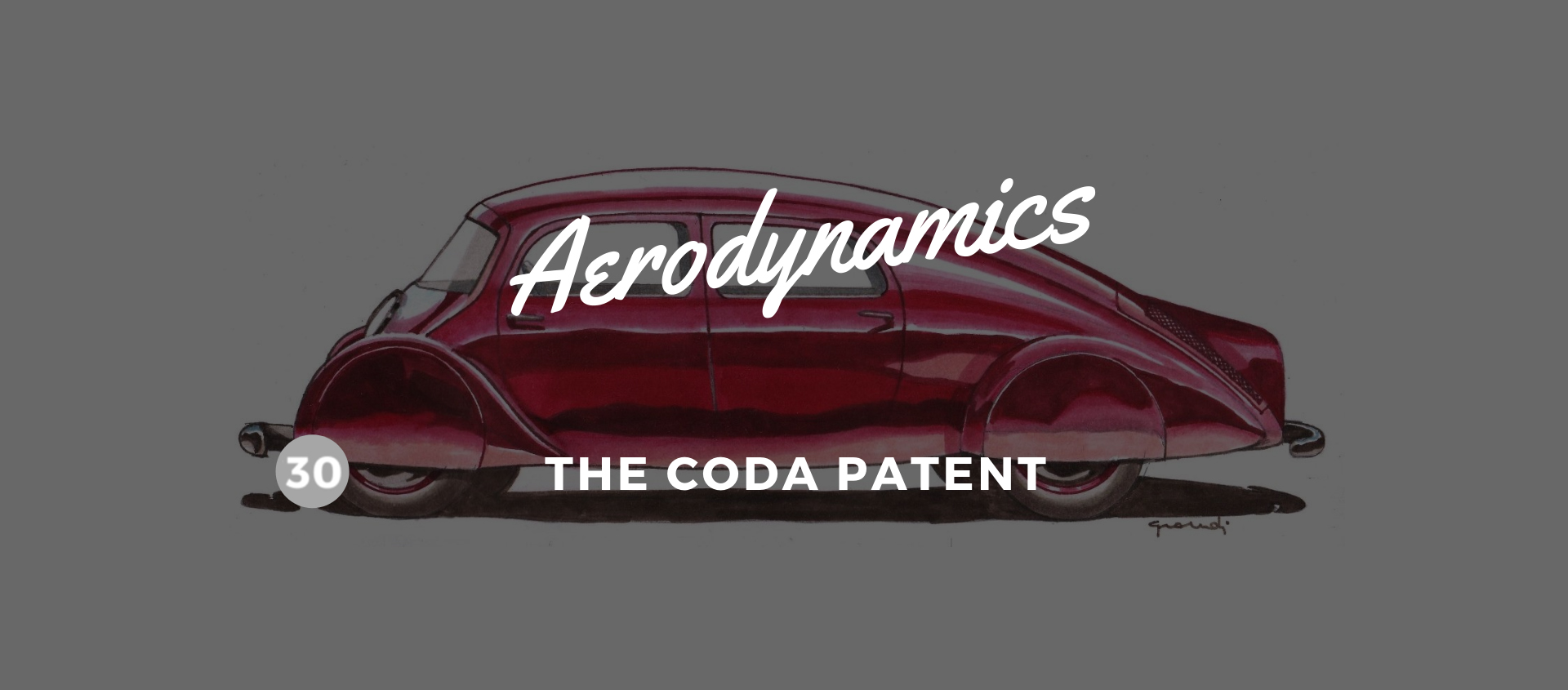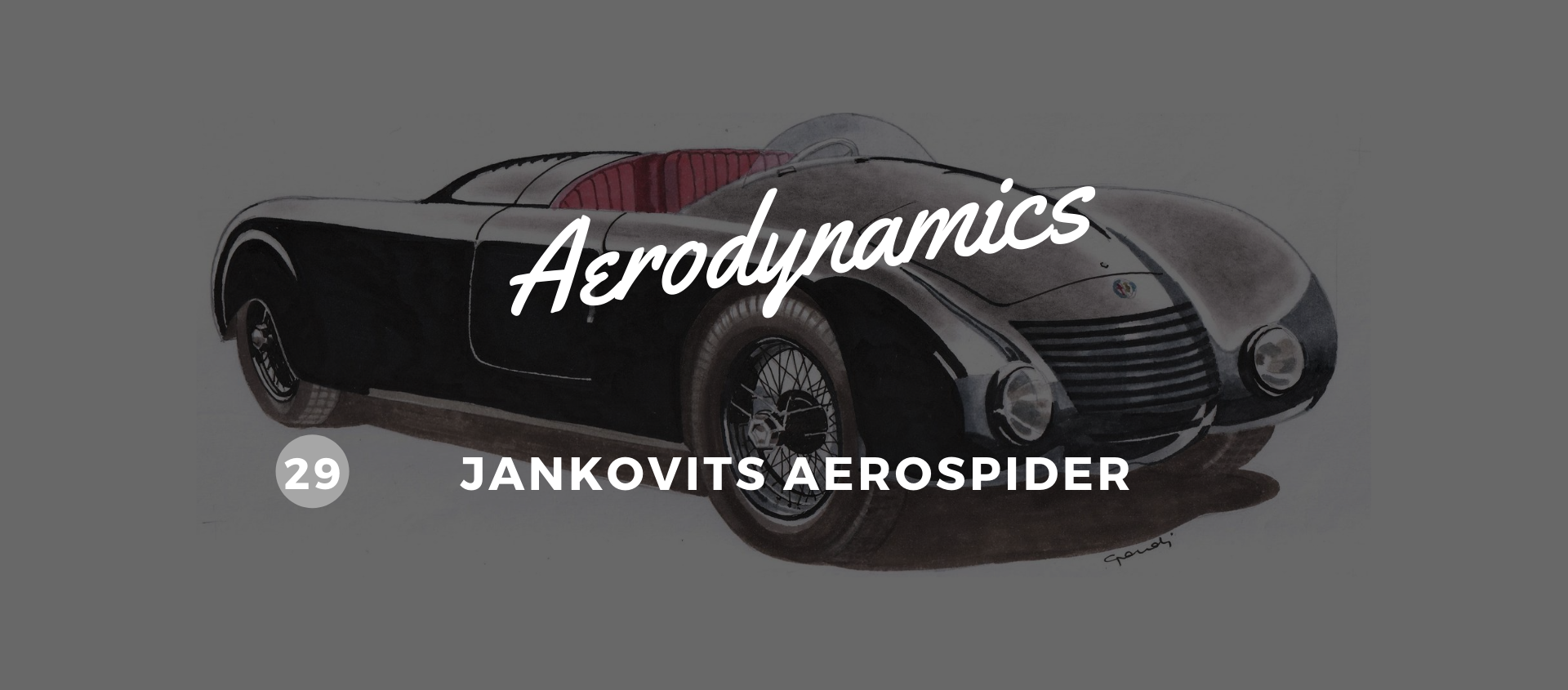The sober Dolphin
07 September 2020 1 min read 4 images

On 24 March 1936, the Autodrome de Montlhery, near Paris, provided the setting for a rather unusual test. It involved a perfectly standard Ford V8 Type 68 carrying four people, and a rather strange vehicle, dubbed the Dolphin, created by Andre Dubonnet. Despite being built to be highly aerodynamic, this car, too, easily took four people. So, what exactly did the test consist of? Basically, it was an exercise designed to find out how much fuel a standard production car consumed compared with a car designed to guarantee maximum aerodynamic efficiency, over the same distance (194.477 km) and travelling at the same speed. Predictably, the Dolphin performed better in terms of aerodynamic efficiency, but the really surprising finding was that it consumed 38% less fuel, a remarkable difference.
Register to unlock this article
Signing up is free and gives you access to hundreds of articles and additional benefits. See what’s included in your free membership. See what's included in your free membership.
Already have an account? Log In


